

Introduced Chinese weevils, Cleopus japonicus, are laying waste to large patches of buddleia in the Bay of Plenty, much to the relief of forest growers and biosecurity managers who have been ...
READ MORE
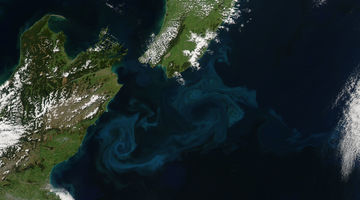
Throughout human existence we have relied on the oceans – for food, as a waste dump, for recreation, for economic opportunities and so on. However, it’s not only our activities in the marine ...
READ MORE
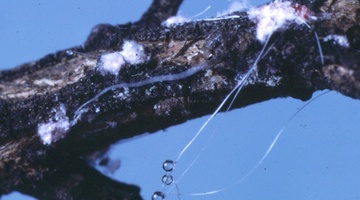
Our native forests – ngahere – have complex ecosystems. Within the wider ecosystems are smaller ecosystems, such as the one formed around honeydew. Honeydew is a sweet, sticky substance produced ...
READ MORE
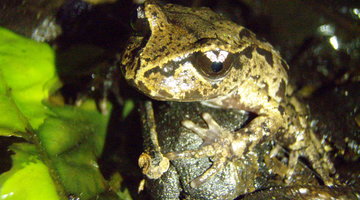
In this activity, students take on the role of a native frog, native bird or introduced mammalian predator and participate in a physically active simulation. The activity highlights different ...
READ MORE

In this activity, students compare the rate of degradation of disposable plates using three different disposal methods. Purpose To experiment with a range of disposable plates made from different ...
READ MORE

In this activity students identify and analyse the information found on existing food labels. Purpose Students are asked to identify and analyse the information found on existing food labels to ...
READ MORE
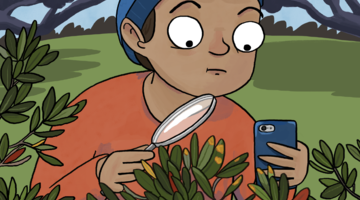
Myrtle rust is a serious biosecurity threat, and help is needed to monitor its spread. This citizen science project aims to gather information on the location, hosts and intensity of this fungal ...
READ MORE
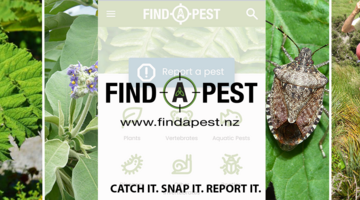
The free Find-A-Pest app makes it easy to report and identify possible pest species. Wherever you are, you can help protect Aotearoa New Zealand’s primary industries and native species in two ...
READ MORE
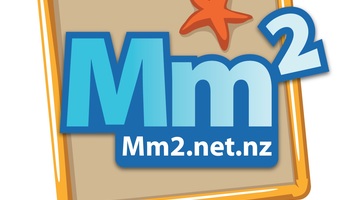
Marine Metre Squared is a New Zealand citizen science project that supports communities to monitor their local seashore. The project has been designed to provide meaningful, valid environmental ...
READ MORE
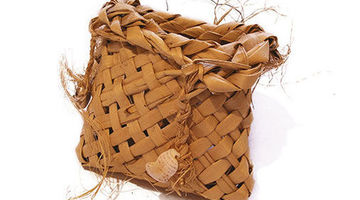
In this recorded professional learning session Tame Malcolm (Kaimahi Matua at Te Tira Whakamātaki) and Greta Dromgool from the Science Learning Hub explore kaitiakitanga. Many of us are familiar ...
READ MORE

Aotearoa New Zealand is fortunate to have a huge diversity of marine habitats and an extensive coastline – about 15,000 km in length! More than 75% of the population lives within 10 km of the ...
READ MORE
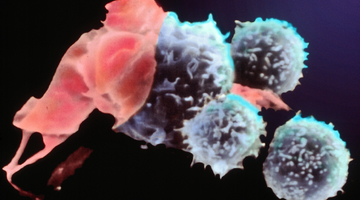
Our bodies have a defence system against pathogens that make us sick. This defence system is made up of cells, tissues and organs that work together to protect us. It is known as the immune ...
READ MORE
Dr Miles Lamare, from the University of Otago, has always been fascinated by biology. In this video, he talks about becoming a marine scientist and some of his experiences working in amazing ...
READ MORE
In this video, Associate Professor Abby Smith, from the University of Otago, talks about what we can do to help reduce ocean acidification. Point of interest Make links to other initiatives to ...
READ MORE
Our native forests – ngahere – have complex ecosystems. These ecosystems are under threat from introduced wasp species. In this episode of Project Mātauranga, Associate Professor Jacqueline Beggs ...
READ MORE
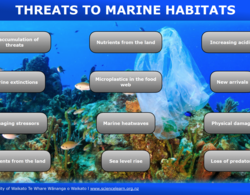
Human actions at sea and on land are putting increasing pressure on the ocean and the species that live there.
READ MORE

The marine environment of the Auckland Islands in the New Zealand Subantarctic Islands group is home to a diverse range of species. Use this interactive image to learn about this diverse ...
READ MORE
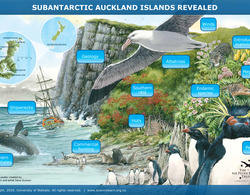
An interactive overview of the Auckland Islands. Click on the labels for more information. Select here to view the full transcript and copyright information.
READ MORE